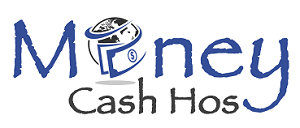Often when people ask for investing advice, Exchange Traded Funds (ETFs) usually come up pretty quickly, because they are so heavily marketed by the industry. Exchange Traded Funds, or ETFs, are an easy way to diversify a small investment. Done properly, they can give you your retirement fund as well as being a passive income source for many years to come. To get the most out of your investment, it is important to understand how they operate.
Exchange Traded Funds are often compared to mutual funds.In that they are a collection of investments–and traded on a stock exchange – such as the NYSE. As opposed to purchased directly from the issuing company. They also differ in their redemption structure and more importantly – tax efficiency from the more traditional mutual funds.Read more about Exchange Traded Funds
Here are two of the main the benefits of ETFs as opposed tothe more conventional mutual funds:
Tax Efficiency: Upon cashing in a mutual fund must sell its underlying securities, and the capital gains are then distributed to the investors of the fund. Since ETFs trade on an exchange, and investors are selling to other investors, no underlying securities are sold, so no capital gains are distributed. If the makeup of the ETF changes – it will occasionally have to distribute gains.But it should be less frequent than with traditional mutual funds
Lower Fees:Exchange Traded Funds are no-load funds, and you won’t be slapped with a redemption fee when it’s time to liquidate your position. Further, ETFs typically have lower annual fees than traditional Mutual Funds, making them an attractive alternative. (NOTE: In rare cases where a very small amount is being traded, broker’s fees may be a higher percentage of the investment than a mutual fund’s expenses would be, but in most of these cases the invested amount would not meet the minimum investment required by most mutual funds). This article provided by: Investing for Retirement









